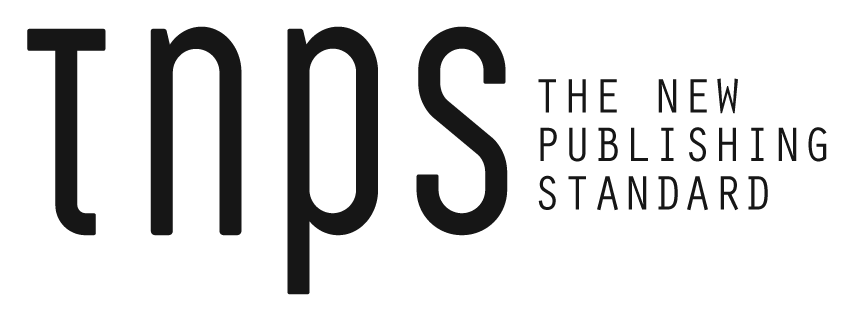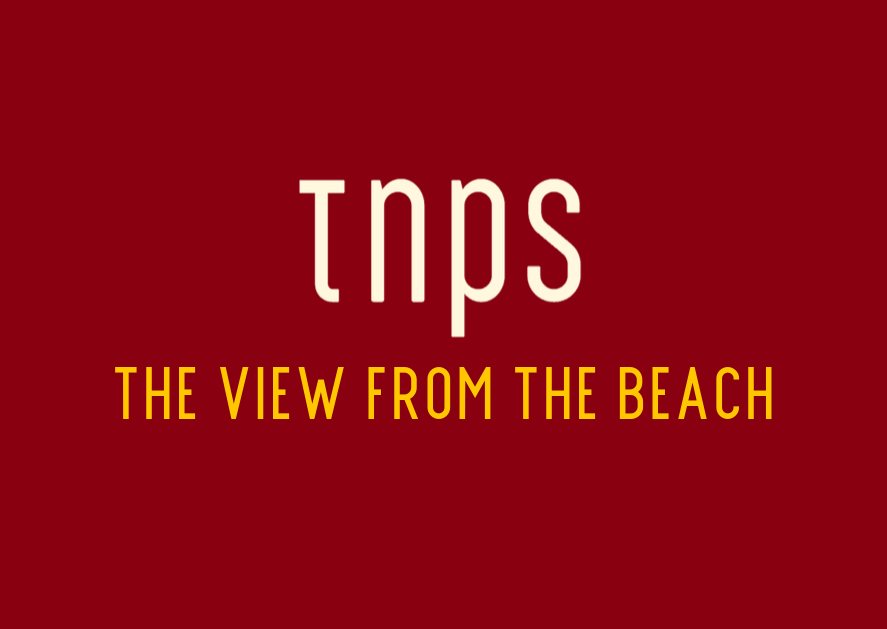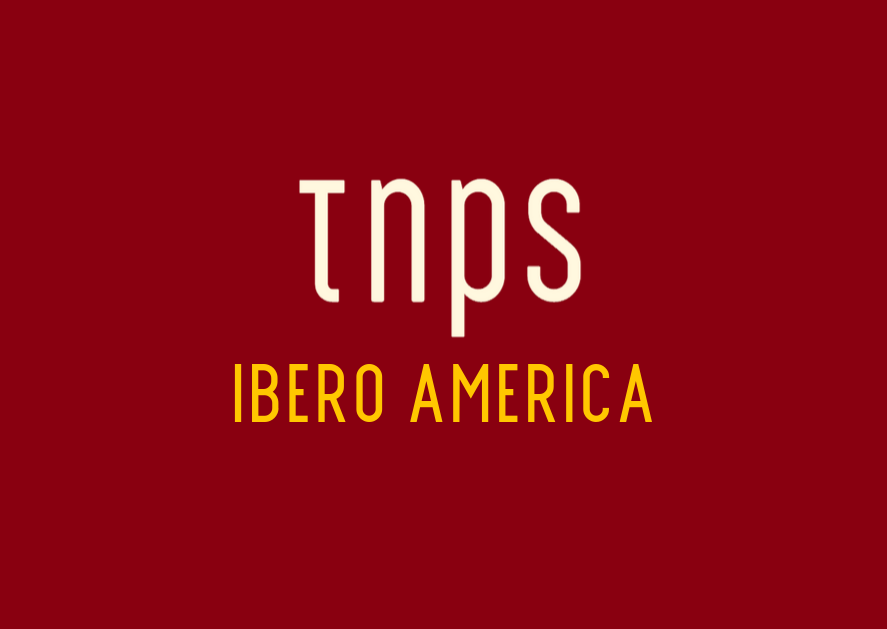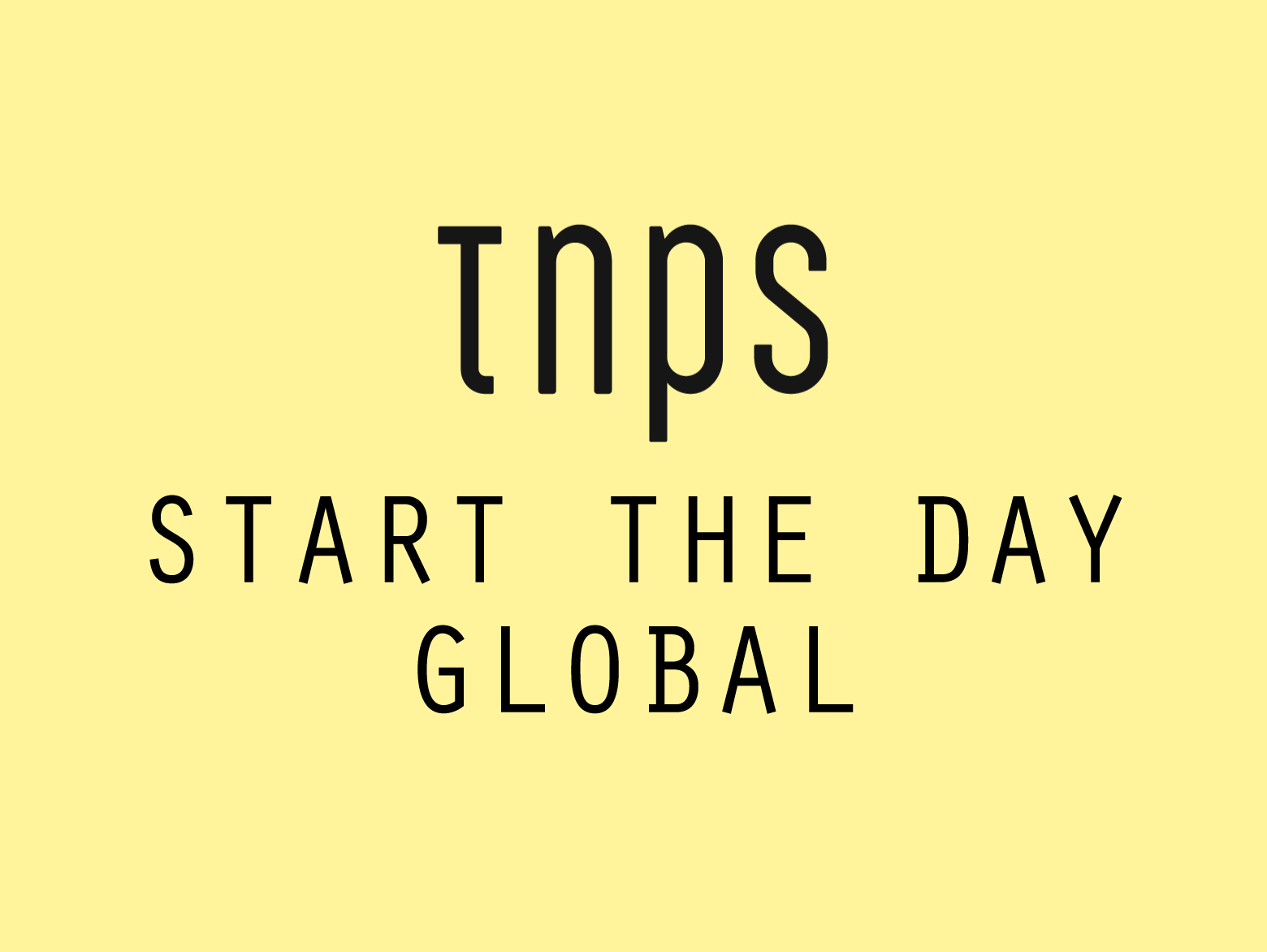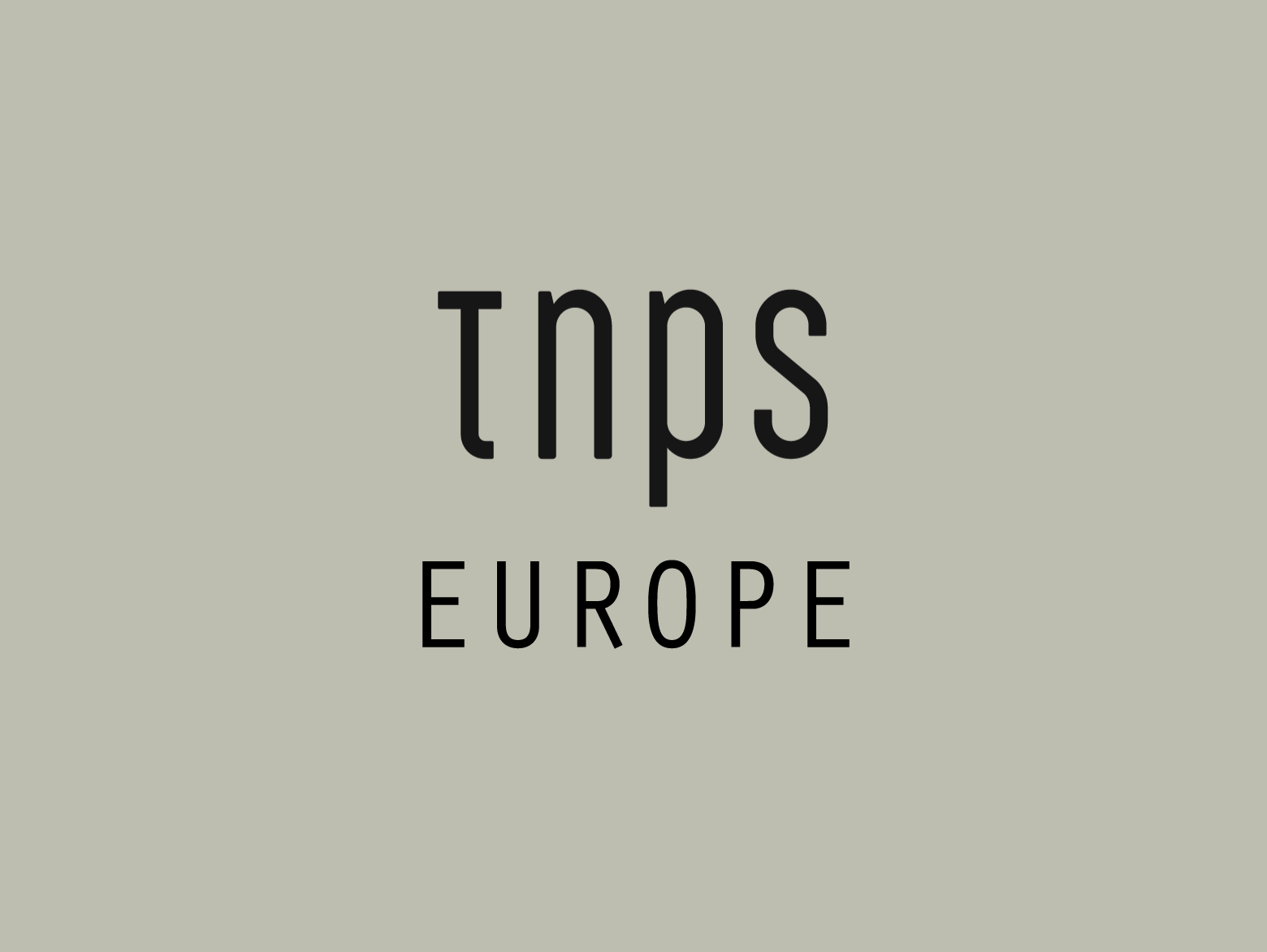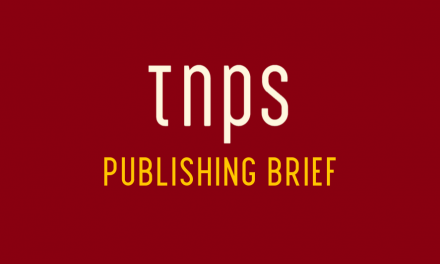And then there’s ebooks, where we can safely say the AAP numbers are at best indicative, but miss a massive volume – both unit and revenue – of ebook engagement by consumers.
The great thing about the Association of American Publishers’ annual reports and monthly StatShots is that we get an honest picture of what the AAP sees.
While the AAP doesn’t venture into opinion about why certain formats perform better than others, it does at least have the decency to acknowledge all formats and present the numbers fairly. Compare that with the UK Publishers Association which managed to completely avoid even using the word ebook in its latest report.
eBook revenues were up 19.8% for the month as compared to February of 2020 for a total of $99.3 million. The Downloaded Audio format was up 27.8% for February, coming in at $71.7 million in revenue. Physical Audio was down 20.9% coming in at $1.2 million.
To be clear, that’s nowhere near the trade figures for print:
Trade (Consumer Books) sales were up 19.1% in February, coming in at $646.6 million, and up 20.3% year to date, with $1.3 billion in revenue.
In terms of physical paper format revenues during the month of February, in the Trade (Consumer Books) category, Hardback revenues were up 26.9%, coming in at $232.8 million; Paperbacks were up 9.2%, with $186.3 million in revenue; Mass Market was up 35.7% to $21.7 million; and Board Books were up 3.2%, with $12.4 million in revenue.
And of course this in turn is just a part of the US publishing industry, excluding K-12 Instructional Materials, Higher Education Course Materials, Professional Publishing, and University Presses, all of which are covered by the AAP.
As the AAP notes,
Total revenues across all categories for February 2021 were up 24.7% as compared to February 2020, coming in at $964.5 million. Year to date revenues were up 16.4%, at $2.2 billion for the first two months of the year.
But what drives this post is a response to the way some trade journals are covering the latest numbers, without looking at the bigger picture, whether through ignorance or deliberate format bias.
Here’s the thing. Or rather, things.
Per the AAP:
Publisher net revenue, including sales to bookstores, wholesalers, direct to consumer, online retailers, etc., is tracked monthly by the Association of American Publishers (AAP) and includes revenue from about 1,360 publishers, with participation subject to change over time.
Revenue of course tells us how much was spent. It doesn’t tell us how many units were bought or read.
This matters at many levels, but most of all in the context of the digital vs. print debate, where many commentators get hung up on revenue, gross or net, as some kind of definitive assessment of the industry’s health, when in fact it’s nothing of the sort.
Suppose – keeping the numbers simple for explanatory purposes – Book A sells 100 hardcovers at $30 a shot. The gross revenue is 100 x $30 = $3,000.
Book B meanwhile sells 250 paperbacks at $15 a shot. 250 x $15 = $3,750.
Book C sells 400 ebooks at $5 a shot. 400 x $5 = $2,000.
Clearly print books brought in the most revenue, but ebooks were the most popular format in this example.
Of course in the real world publishers do not routinely sell ebooks at $5, because the policy has been to price ebooks to be uncompetitive with their print counterparts, to defend the print status quo and so as not to hand over total dominance to Amazon. Both reasonable motives from the publishers’ end, but we should at least be honest and say this is happening and this in part accounts for the imbalance between print and ebook sales for mainstream publishers.
Hold on. Did I say mainstream publishers? Therein lies the second factor some industry commentators conveniently ignore when touting print and ebook numbers.
Because as per the AAP statement, the statistics,
Include revenue from about 1,360 publisher
Of course that includes pretty much all the big publishers in the US, so the figures are to be taken seriously, but what the figures do not tell us is how much of the market is left untracked by the AAP, and what that means for the true size and format-orientation of the US book market.
Most print sales of course come through mainstream publishing and we can take the AAP numbers as indicative, but we must bear in mind that print sales via POD as used by smaller non-reporting presses, by self-publishers, and by the Amazon publishing machine APub go unremarked in the AAP numbers.
These are certainly are enough to move the needle, even if there is no reliable quantification available to give us real figures.
Audiobooks likewise will be dominated by mainstream publishers, although again APub, small presses and self-publishers are making an impact here, yet their numbers won’t be reflected in the AAP stats.
And then there’s ebooks, where we can safely say the AAP numbers are at best indicative, but miss a massive volume – both unit and revenue – of ebook engagement by consumers.
Again, we don’t know the real numbers. APub doesn’t share numbers, and nor does Amazon share much about its self-publishing service KDP, but consider a few snippets we do know to get an idea of the scale of the ebook activity the AAP stats, in good faith, do not show:
Kindle Unlimited, the ebook subscription service populated mainly by APub, indie authors and a handful of big name authors as a loss leader, in 2018 and again in 2019 paid out $300 million in royalties to self-publishers putting their books into Kindle Unlimited.
In 2020 that figure was $377 million, meaning that in the past three years indie authors with books in the Kindle Unlimited ebook subscription service have been paid out almost $1 billion in royalties.
Bear in mind KU per-page-read royalties are notoriously low, and then try imagine how many books were read to warrant that much money being paid out in royalties to self-published authors and small presses using KDP (APub and participating mainstream publishers get paid a set rate).
Then consider that this is just KU titles, not à la carte sales on Amazon, where of course these sales also go uncounted and unremarked by the AAP.
And this just Amazon, not Apple, Kobo, Google Play or Scribd, all serving the public with self-published ebooks that never get counted by the AAP.
Nor does the AAP count digital library downloads, which again make up a significant fraction of US book engagement.
How much? Again the numbers are not easy to come by but we do know the overall numbers for the US-based digital library supplier OverDrive, which in 2020 handled over 430 million digital downloads, of which 138 million were audiobooks and 289 million were ebooks (790,000 ebook downloads per day). Not all were US, but by far the majority will have been.
So when the likes of industry reporter Porter Anderson over at Publishing Perspectives announces the AAP figures and says pointedly,
The percentages of market for these (digital) formats remain smaller than some observers tend to remember (or concede),
let’s remember that Anderson is conveniently overlooking the reality that the AAP does not report (and more importantly does not pretend to report) on the whole market, and what is left unsaid collectively amounts to a tidy sum, whether by revenue or unit volume.
